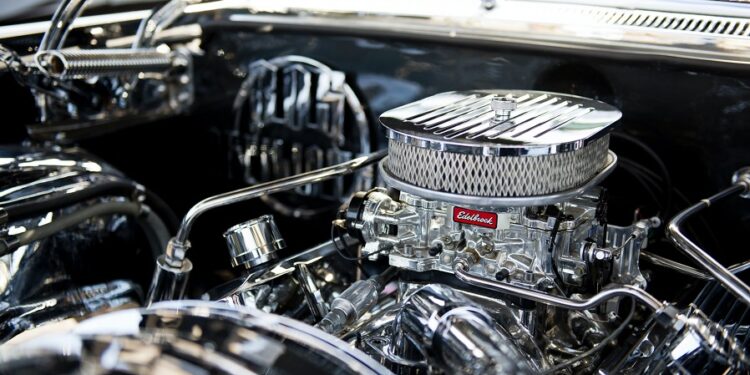You might have heard this advice countless times, maybe even from your father. “Please warm up your car before driving”. While it sounds logical to do so, like our bodies before we do sports. Or maybe it even applies to older generation vehicles.
But does this rule actually apply to modern-day cars?
The Truth!


The truth is that thanks to the fuel injection system, we don’t need to listen to our father’s advice (only in this matter, though). There is no longer any need to warm up your car’s engine before driving away, guys and gals!
On the other hand, Carburettors might need some warming up in the past. Until the early 1990s, automobiles were controlled by a carburettor.
The carburettor is in charge of ensuring that the correct proportions of gasoline and air are injected into the engine’s cylinders.
Carburettors have a throttle that opens and closes, letting more or less air into the engine or cylinder as desired. A tiny hole known as a venturi is used to transport this air. Thus allowing the machine to function without interruption.
What we use today
Today, fuel injectors replace carburettors because they use less gasoline and don’t need to warm up.
Electronic fuel injection systems is common in automobiles worldwide today. The fuel injection systems’ calibration allows for the perfect combustible mixture at all temperatures and normal throttle response at all times.
This means that modern-day fuel injection technology automatically adjusts distribution at any temperature. And typical, thinner synthetic oils lubricates your engine much more quickly because they’re lighter than conventional oils.
In contrast to carburettors, the fuel injection system can accurately calibrate how much gasoline is necessary at a given temperature. It is common knowledge that the computer in your car’s engine allows more fuel to enter the engine when it is cold. During warm-up, the injectors allow less fuel into the engine.
What if I like to warm up my car anyway?


Instead of warming up your engine by running it, idling does more harm.
The most efficient operation of engines is when they operate within their ideal operating temperature range. Running a cold engine increases carbon dioxide emissions and wear on the engine. Make sure to remember that idling the engine does not generate much heat. Hence, the automobile remains chilly for a lengthy period.
Slowly drive away from your house for a few minutes to warm up your automobile, especially if it’s pouring or freezing outside.
Idling takes a long time to warm up your car before driving off, but this is considerably quicker. Don’t overwork the engine in the initial few minutes or risk stalling the vehicle.
On the other hand, this doesn’t imply that you should drive straight over it. On the contrary, as a precaution against unnecessary wear, it is preferable to develop speed gradually.
Although this might be a good ‘fun fact’ our dads might be wrong about, they were doing the right thing for carburettors back then.
For more tips and tricks in the Automobile world, check this page out!































Discussion about this post